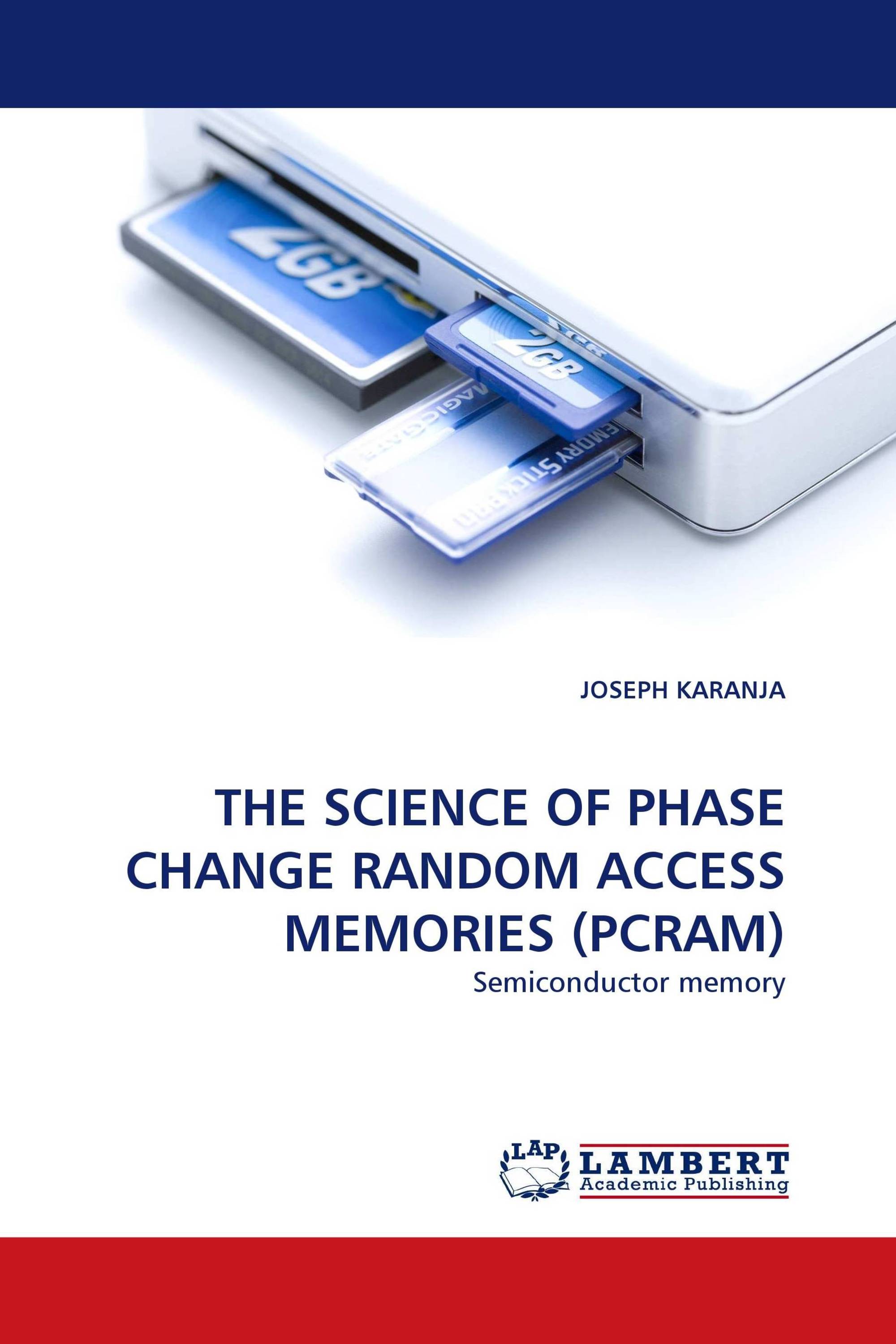Phase Change Random Access Memory (PCM) is one of the most optimized candidates for the next generation non-volatile memory due to its fast operation speed, high scalability, low power operation and fabrication costs. The transition from the amorphous to the crystalline phase is induced by heating the material above its crystallization temperature for a long enough time, and the switching back to the amorphous phase is realized by melting and quenching the material fast enough that it solidifies in the amorphous state. In this book the electrical and optical properties of various tin selenide compound alloys has been reported. All the alloys have shown high sheet resistance at room temperature and low sheet resistance during annealing. This interprets that the samples were amorphous during deposition and changed to crystalline during annealing. Increase in tin concentration reduced the crystallization temperature. The PCM was fabricated had high crystalline temperature, low crystallization temperature and a wide band gap.
Book Details: |
|
|
ISBN-13: |
978-3-8443-0147-2 |
|
ISBN-10: |
384430147X |
|
EAN: |
9783844301472 |
|
Book language: |
English |
|
By (author) : |
JOSEPH KARANJA |
|
Number of pages: |
92 |
|
Published on: |
2011-02-18 |
|
Category: |
Electronics, electro-technology, communications technology |
